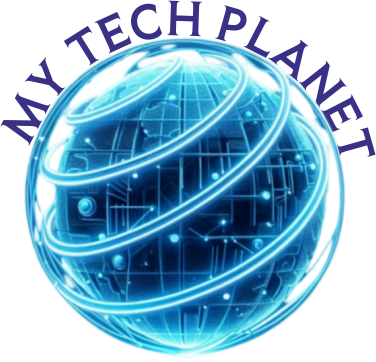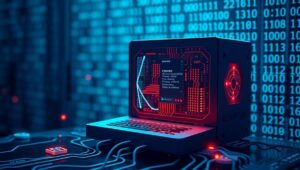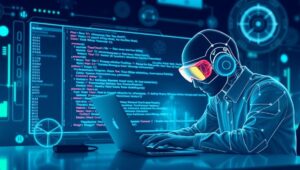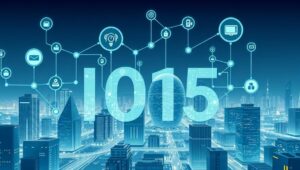May 14, 2025
AI for Automated Software Testing and QA (2026 Standard)
AI for Automated Software Testing and QA (2026 Standard) Artificial Intelligence (AI) is rapidly transforming numerous sectors, and software testing and quality assurance (QA) are no exception. By 2026, AI-driven automation will become the standard for ensuring software reliability, efficiency, and speed. This post explores how AI is being integrated into software testing, the benefits it offers, and what the future holds. Current Landscape of AI in Software Testing Today, AI is already making inroads in several key areas of software testing: Test Case Generation: AI algorithms can analyze requirements and specifications to automatically generate test cases, reducing the time













